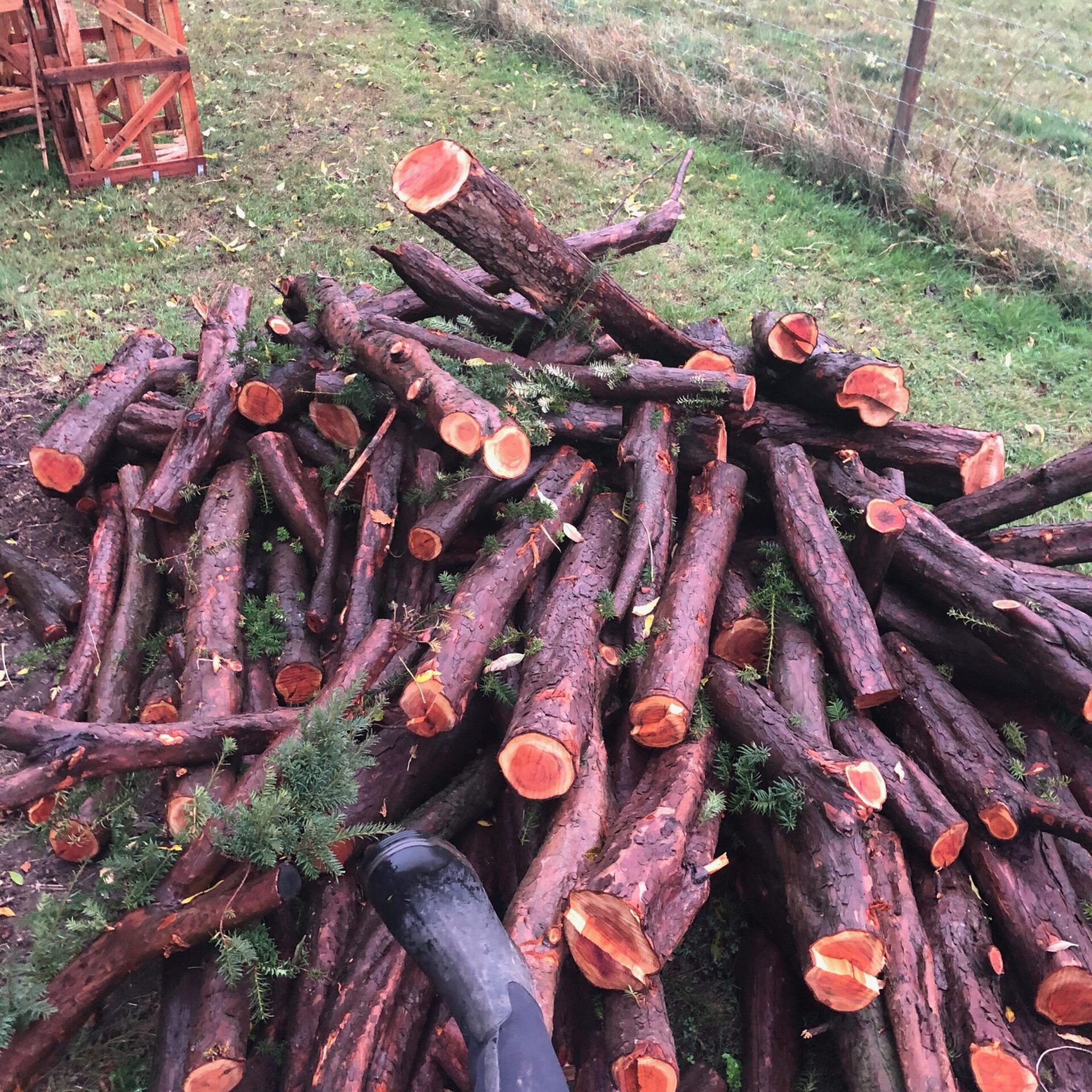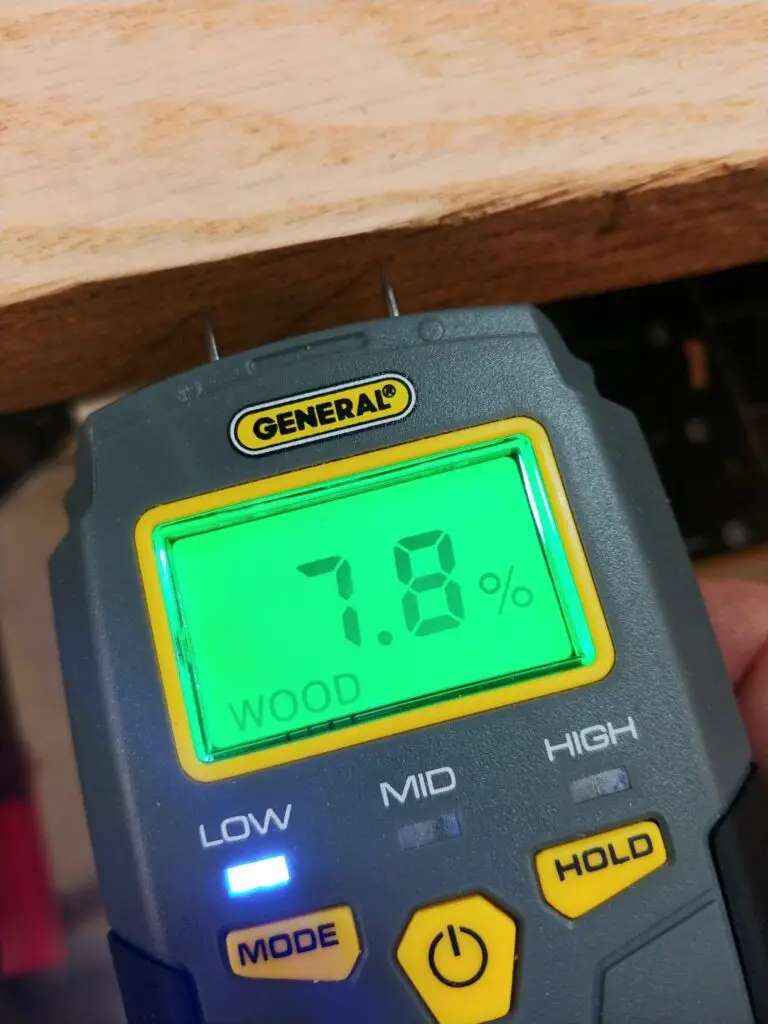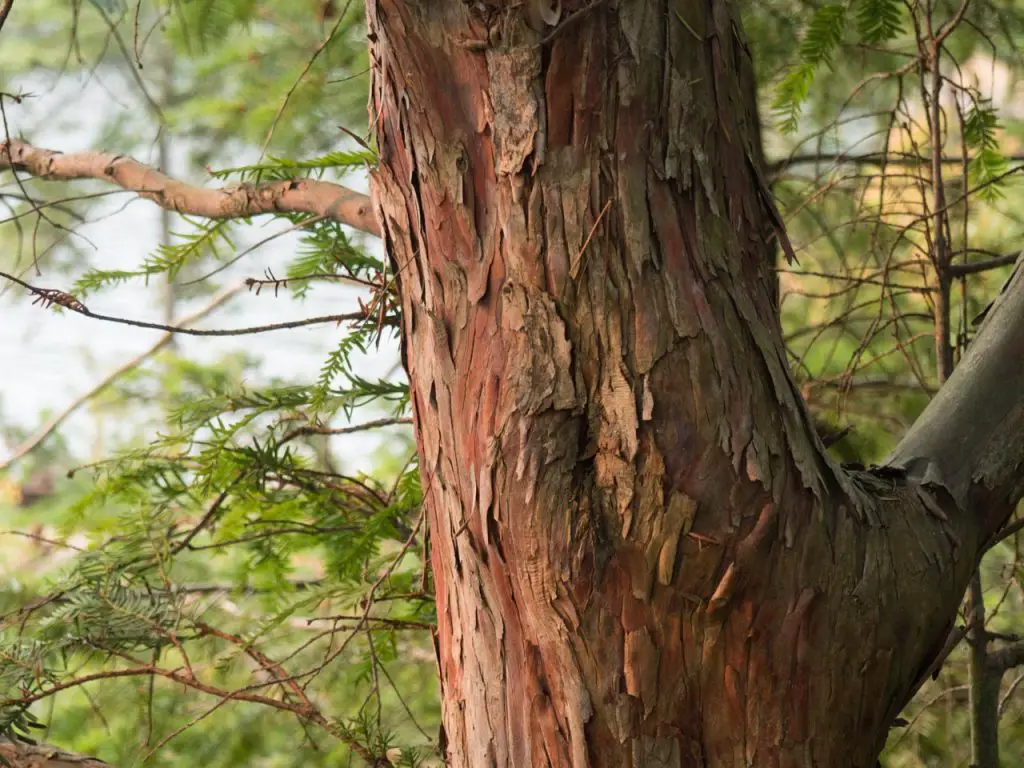Yew is good firewood with very high heat production, splits easily, and doesn’t produce much smoke. The main downside of yew firewood is its lack of availability and the slow seasoning time.
Yew has become a relatively rare tree species that is not commonly used for firewood. It grows slowly, and its bark can be poisonous to cattle, so it has been cut down in many rural areas.
Yew has become rare, so don’t fell any trees unless they have already died. They grow slowly and do need a helping hand from humanity. Yew is often preferred to be used for timber or other crafting items, so think carefully before you use this limited supply to heat your home.
Table of Contents
Summary
- Heat Production: 27 million BTU/cord
- Weight: 4500 lb/cord green
- Seasoning Time: 18-24 months
- Splitting Difficulty: Easy
- Sap Content: Low
- Smoke: Low
- Smell: Pleasant
Overall, yew is excellent firewood. It has a very high heat production with low smoke generation. It is on par with oak or ash in terms of quality. It doesn’t have a high sap content, so it doesn’t crackle and pop when burning, and it produces excellent coals that are ideal for cooking or heating your home. It also has a subtle and pleasant scent.
However, it does have some downsides. The first is availability. Yew has become increasingly rare, and because of its beautiful pink color, it is preferred to be used for timber or woodworking. It also takes a long time to season the high-density wood, so you must plan a year or two ahead. It is a slow-burning wood that can be difficult to light, so prepare some pine or cedar for kindling.
The other key problem with yew is that the bark and leaves are poisonous. This is part of the low availability as it is cut down wherever cattle or other livestock are present. I haven’t seen any issues with burning the wood alone, but make sure you have removed all leaves and bark from your firewood and season it thoroughly.

Heat Production
Yew burns slow and hot. It has a high BTU in the same range as the top-tier firewood like oak and ash. It produces excellent coals that are ideal for cooking or heating your home all night. Its low smoke generation also makes it well suited for burning outdoors in fire pits or indoors in your wood stove.
I did find yew to be challenging to light, so you will require some softwood kindling, such as pine, to get the fire started.
Smoke Production
Yew doesn’t produce much smoke, especially if seasoned thoroughly. This can take some time which I will explore in the next section. Yew has a low sap/resin content, so it doesn’t generate a lot of smoke unless it is green.
The bark and leaves of yew are poisonous to cattle, which is one of the reasons it was cut down in the first place. Make sure you remove as much bark and don’t burn any leaves. I haven’t seen any evidence that the wood is dangerous when burnt.
Seasoning Time
Yew does take a long time to dry. It is a very dense hardwood that takes time for the moisture to season out of the center of the logs. The best way to reduce the seasoning time is by splitting the logs into smaller pieces and then stack the firewood sensibly with plenty of airflow. Also, put a cover over the top of the wood to prevent rain from wetting it, but keep the sides open for the sunshine and wind.
Your location and the weather significantly impact the seasoning time.
Cut and split your yew as quickly as possible to give it as much time to season as possible.
I personally recommend this General Tools Moisture Meter. It allows you to accurately gauge how wet your firewood is and whether it is sufficiently seasoned. Over time you can also see how quickly the moisture is dropping and how much longer you need to keep your firewood dropping until it is seasoned and ready to burn.
Press the sharp pins into the wood and you will quickly see the readout show the moisture ranging from 5% to 50%. It also has a Low/Mid/High indication depending on whether the wood is dry enough, so you don’t need to remember the actual values.

Burning Smell
Yew firewood burns with a subtle but pleasant smell. I don’t find it as desirable as hickory, cherry, or apple, but it is enjoyable. As above, be careful that you have removed all of the poisonous leaves and bark before you throw it on your fire.
If you are especially interested in odor for smoking meats or if you are sensitive to smell, have a read through this guide I have written about the best smelling firewoods to burn.
Creosote Buildup
Creosote is a buildup of soot in your chimney when you burn unseasoned softwood. This soot can catch fire in your chimney if left long enough. Yew firewood doesn’t produce much creosote as long as it is seasoned correctly.
I still recommend cleaning your chimney annually to ensure you don’t build up any creosote, regardless of the type of wood you burn. This will eliminate the risk of fires.
Splitting
Yew is hardwood, but it is as easy to split as oak. The trees are generally straight with wide diameter trunks that produce large rounds. I recommend avoiding the areas where large branches split off as they can have large knots.
I have also noticed that some larger trunks can often be hollow. This can be a shock when you start splitting and reduces the firewood yield per tree.
Different Types/Species
There are over 400 different species of yew throughout the world. There are two main yew species in the United States – Pacific and American – although only the Pacific yew is suitable for firewood due to the dwarf nature of the American or Dwarf yew.
Yew has a long history throughout Europe as it was used extensively in the middle ages to produce longbows.
Pacific Yew
This is the only commercially significant yew in Northern America. It is also known as the Californian or Western Yew, and can typically be found down the west coast from Alaska to California. It is harvested for furniture but does grow slowly. This article refers exclusively to Pacific yew as a source of firewood.
- Height: 15 to 50 feet
American Yew
Also known as Canada or Dwarf Yew, this is found in the Northeast of the United States. It is very hardy but only grows into a shrub and is often found as forest ground cover. It is not suitable for firewood.
- Height: 3 feet

Comparison to Other Woods
Here, I’ve taken some of the most popular firewoods to burn indoors and compared them to yew firewood.
The specs of yew firewood are great with high heat production, easy to split, excellent coals, and low smoke generation. Its main downside is the time it takes to season and its low availability. You will unlikely find access to more than one or two yew trees to process. Using the yew wood for woodworking is often more desirable, but you can still burn any offcuts or unusable lumber.
| Firewood | Million BTU/Cord (source) | Ease of Splitting | Coals | Overall Quality |
| Green Ash | 20 | Easy | Good | Excellent |
| Maple | 25 | Easy | Excellent | Excellent |
| Bur Oak | 26 | Easy | Good | Excellent |
| Yew | 27 | Easy | Excellent | Good |
Yew is an excellent firewood, but I would prefer to use it for crafting and use the more accessible and available woods like ash as the main body of my winter stockpile.
FAQs
Can you burn yew wood in a fire pit?
Yes, yew is ideal for burning outdoors in a fire pit because of its 27 million BTU/cord heat. It produces excellent slow-burning coals that are well-suited for cooking – they create a stable temperature profile. The smell of yew is also pleasant but subtle.
Can you burn yew wood in a wood stove?
Yes, yew is ideal for burning indoors because of its high heat production and low smoke generation. It doesn’t have a high sap content, so it doesn’t pop and crackle like other wood types.
However, the leaves and bark of yew are poisonous, so they are removed from rural areas where cattle are present. Make 100% certain that you have removed all bark and leaves from your firewood before burning it. I have not seen any evidence that burning the wood alone is hazardous.
How much does yew firewood cost to buy?
Yew firewood is scarce and is unlikely to be sold as firewood. It is also harvested primarily for timber to be produced into furniture. It would cost more than oak or ash, and I expect it would cost between $400 and $500 per cord, although I haven’t seen it sold for this purpose in my time.
Final Thoughts
Yew is excellent firewood based on its burning properties of high heat production and low smoke generation, but it also has some negatives, such as low availability and poisonous leaves. I haven’t come across much yew firewood in my time as it has become rare and is primarily used for furniture production and woodworking. It does take 18 to 24 months to season thoroughly and can be frustrating when splitting because of the likelihood of hollow trunks.
